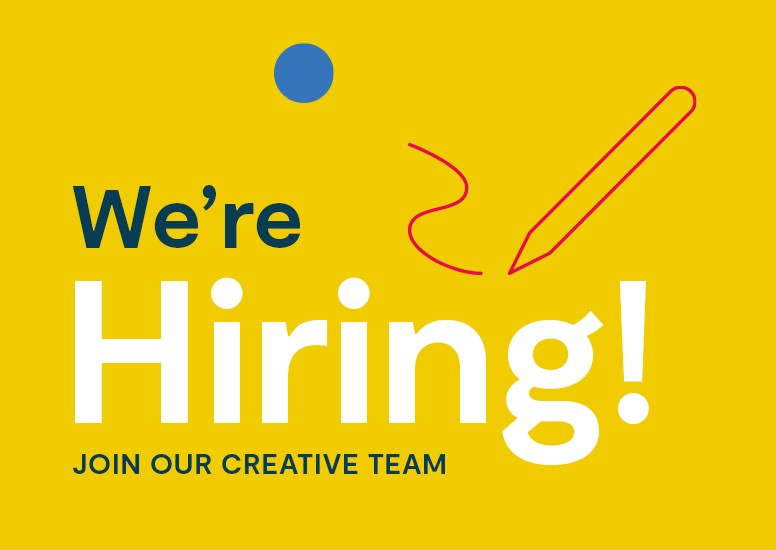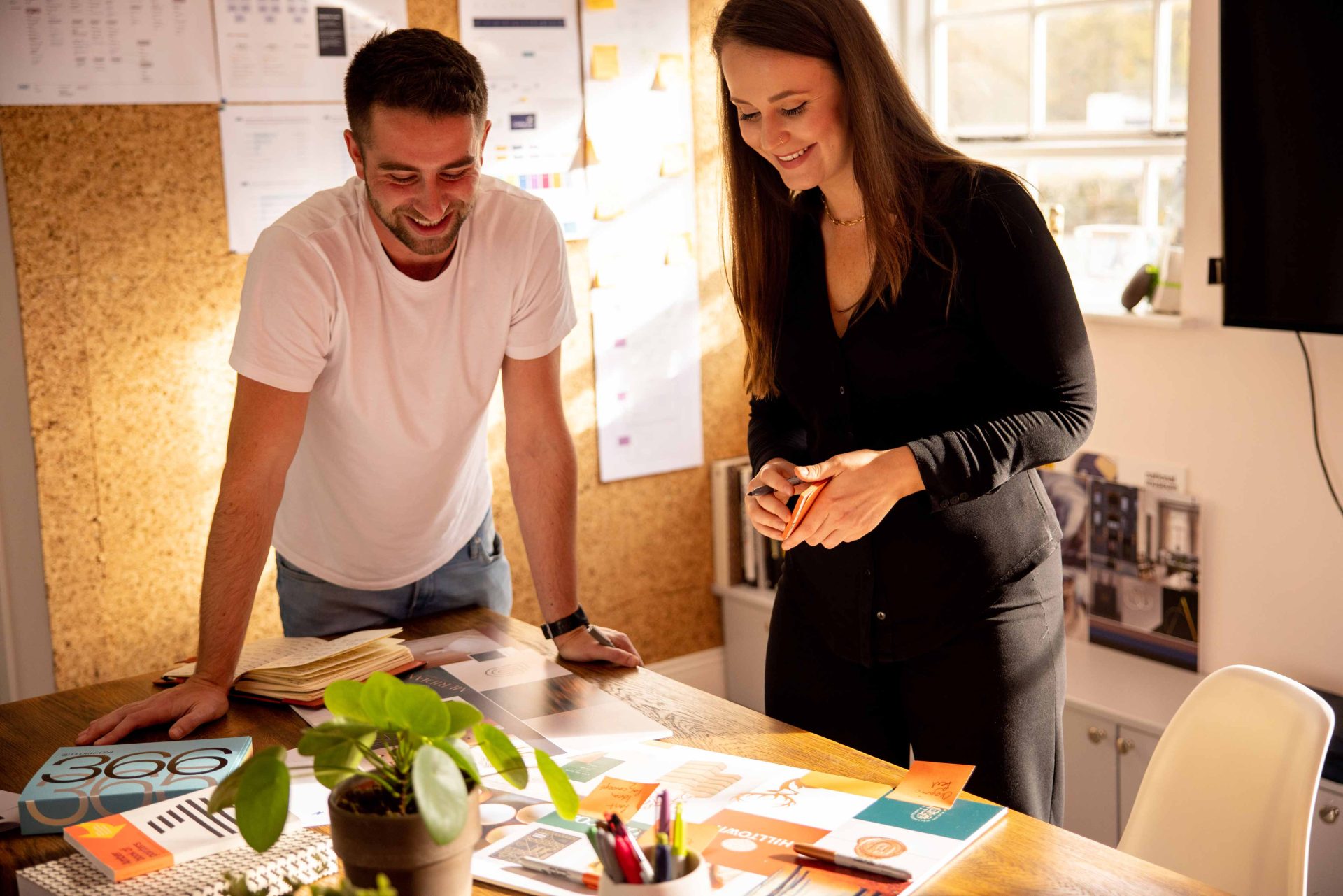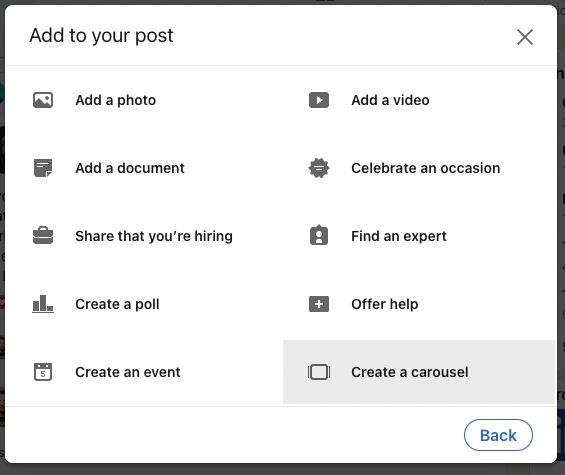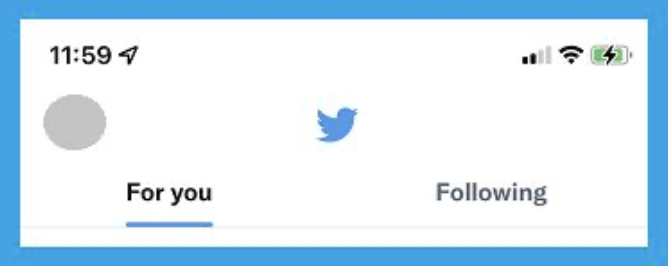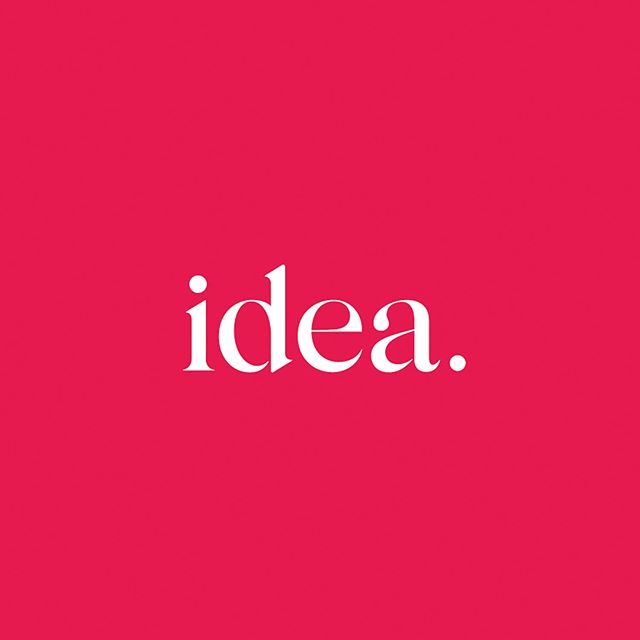What is Brand Identity?
Your company’s brand identity is built up with a number of things, it’s what your brand says, it’s values, it’s how you communicate to your audience, it’s the feeling people get when they view your product or service. All in all it’s the personality of your company, and it’s the promise you make to your customers.
The original term “Brand” comes from the mark that cattle ranchers would make to brand their ownership on their cattle. Nowadays the idea of the word “Brand” has evolved into much more than just a symbol or a name.
A brand is a set of features that separates your company from other companies and/or its competitors. It helps communicate to your audience what it is that you do, and how you do it differently or better. Often a brand is comprised of a name, tagline, logo or symbol, visual design language and a brand voice.
As Wayfair Senior Brand Manager Jared Rosen puts it, “Brand identity is more than just finding the right logo to place on coffee cup sleeves or mount above your front door. It’s about crafting a personality that amplifies the core elements to your brand’s DNA. Today, the most magnetic brand identities scale across digital platforms, IRL experiences, and even naturally converse with real customers.”
In conclusion, your product or service will leave your customers with an impression. Your brand identity is the process of shaping that impression.
Brand Identity Examples
Coca-Cola
Audience
With Coca Cola having so many different products and types of their drink I feel that their audience is everyone. They have a product that suits anyone and not like any other brand they communicate with the viewers with emotion and create a stronger bond.
Brand Identity
Coca Colas brand is based on its name, logo, colour and shape. All of these aspects make up its identity. It is an important factor influencing Coca Cola sales. The brand has is known all around the world as they have built their image on a universal value, happiness. The brand is perceived by customers as a part of daily life and of their life style. Coke is this globalized product that has the same taste customers are looking for and which give the same pleasure of refreshment during break together.
Nike
Audience
According to the company’s business overview, Nike brands each have distinct target audiences. The main Nike brand is most targeted towards athletes, selling related products such as shoes, sporting equipment and clothes. The Converse, Inc. Brand markets more casual goods and is described as targeting premium customers. The Jordan Brand is also a premium brand, but it is targeted more broadly at athletes.
Brand Identity
Nikes target audience is mainly aimed at athletes and exercise. Nikes’ identity is made up with a few different aspects such as its name, logo, slogan, colour and shape. The brand is well known around the world to be associated with anything regarding athletes, sports or fitness related. Nike is perceived by its customers to be a way of life, to train hard and never give up. Its slogan “Just do it” has no need for its iconic swoosh logo anymore and is aimed at the not so fit audience urging them to get up and get exercising.
IBM
Brand Identity
IBM has one of the world’s most recognizable logos. Maintaining its integrity is an essential part of protecting the brand. The 8-bar blue logo is more than a signature to our ads or a name on our products and services. To customers, it is a promise that represents trust, value, quality and advanced technology. In a world of confusing, competitive ads and product claims, the IBM logo is uniquely reassuring, conveying authenticity, reliability and quality. The IBM logo is present on every form of IBM communication.
How to create a Brand Identity
Find your target audience
Behind every successful brand is a well thought out brand strategy. Part of that strategy begins with finding your target audience, these are the type of people who will be more attracted to the product or service you are supplying. Once you have determined who that audience is you can then tailor your mission and messaging to meet their exact needs.
The key focus here is to get specific, figure out the behaviors and lifestyle of a precise audience. For example if were to target “All Moms” this would be too broad. But if you niche your choice down to “Single Moms who work full-time” this gives you a much clearer scope to create your content.
Research competitors in your Industry
When researching your competitors be careful not to imitate what it is exactly they are doing. You should only be aware of their brand strategies, and use this knowledge to differentiate from them. The end goal is to stand out from your competitors and convince your audience to purchase from you over them.
Looking at your competitors or leading brands, study how well they have thought out their brand strategies. Have they missed anything? Are they sending the right message? See how you might do things differently or even better. A successful needs to be clear, recognizable and easy to remember.
Establish your brand mission and vision
Crafting a clear expression of what your company is passionate about is extremely important. This is your companies reason why, its everything we have talked about previously until now. But by having those steps completed previously, makes this step easier to achieve.
Your brand vision can be an aspirational statement that your company hopes to achieve one day. What you hope your company will bring to the table, and how it can benefit/change your target audience.
Your brands mission is what’s happening now, the building blocks you are placing to achieve your brands vision. Everything from your logo, tagline, voice, messaging should reflect what mission and vision are all about.
If you are looking for the best marketing agency in Dublin, Ireland, visit us today. To know more about our works, click here
Some of our works:
